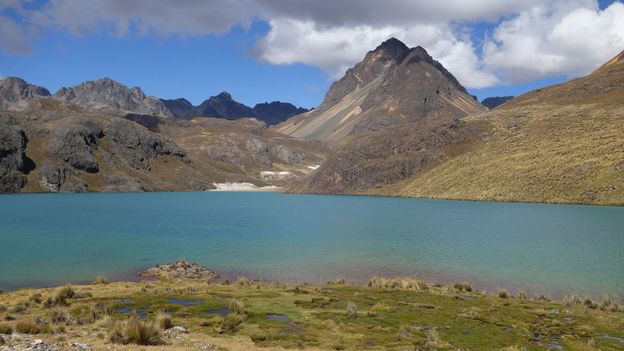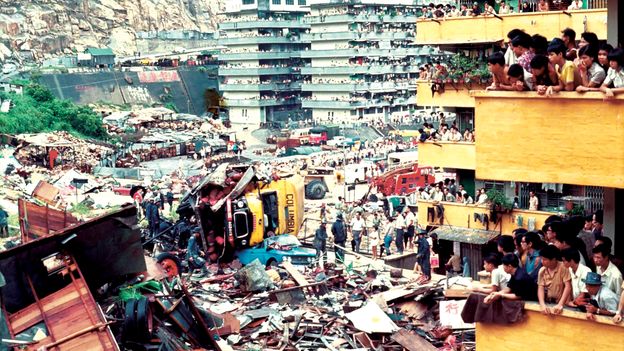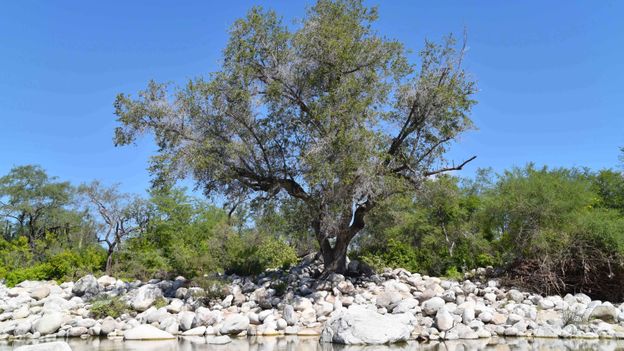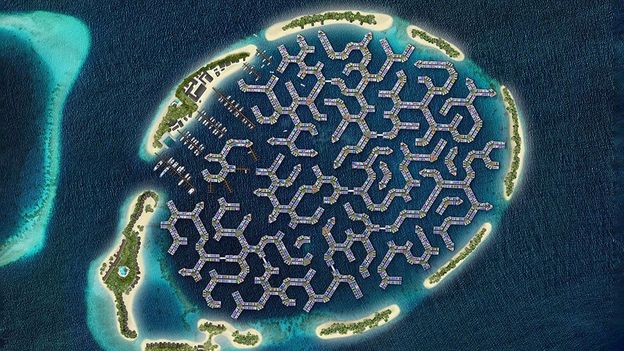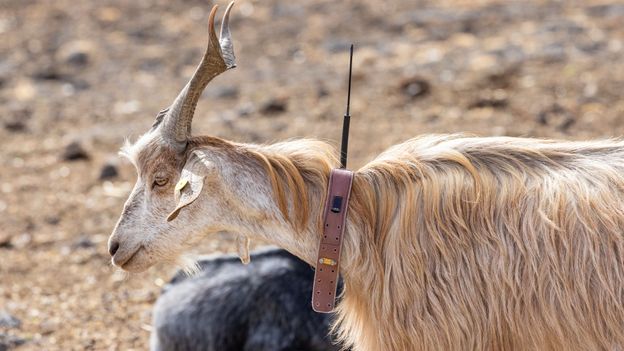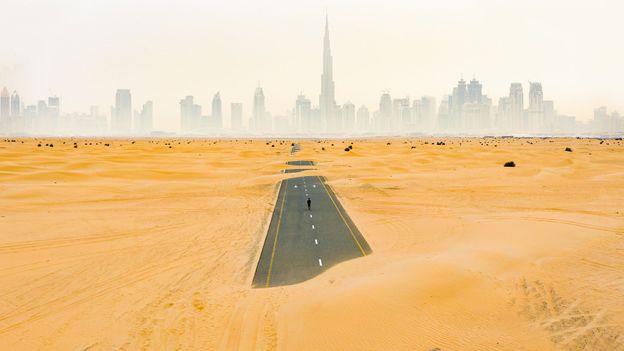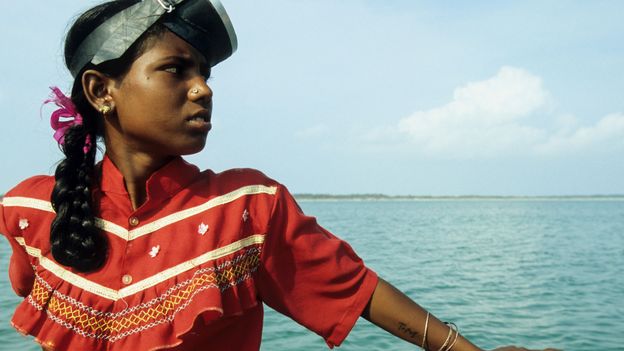Peru has laws to protect wetlands, but enforcement jurisdiction is murky. To clarify the situation, Forest Trends is meeting with authorities and developing a manual for the community so local people will know what to do (such as take photos and GPS coordinates) and which authorities to notify, says Angulo. To restore the damaged wetlands, people will reintroduce plants harvested carefully from a nearby site and ensure water flow to support them. Scientists don’t know how long it will take to restore the peat, but Angulo says he hopes that nature can start to repair itself quickly with a little help.
In all of these projects, benefits for the local community are critical, says Angulo, so they are motivated to keep up land and water management practices that ultimately benefit the wider watershed. Without that, “two to three years after, it will not be sustainable”, he says.
Although every country has unique water issues, landscapes and cultures, other places can learn from Peru’s experience. Europeans dependent upon the Alps for water and Asians who rely on the Himalayas are also losing their glaciers to climate change and will need new ways to capture floods to protect homes and businesses and to store water for later. Human activity that degrades land’s ability to hold water can be reversed, whether it be deforestation of Kenya’s mountain water towers, or overgrazing in the western United States.
Expanding slow water solutions across watersheds has a steep learning curve, but the seriousness of the climate crisis requires quick action. “We don’t have all the information we’d love to have today to make the best possible decisions. But we can make good decisions,” says Gammie, adding that scientific monitoring is allowing them “to learn and improve as we go”.
—
Funding for this reporting was provided by National Geographic Society.
—
The emissions from travel it took to report this story were 0kg CO2, as it was based on material from a previous book research trip. The digital emissions from this story are an estimated 1.2g to 3.6g CO2 per page view. Find out more about how we calculated this figure here.
—
Erica Gies is a journalist and author based in Victoria, British Columbia, and San Francisco. Her book on slow water, Water Always Wins, will be published in North America by University of Chicago Press and in the UK by Head of Zeus.

